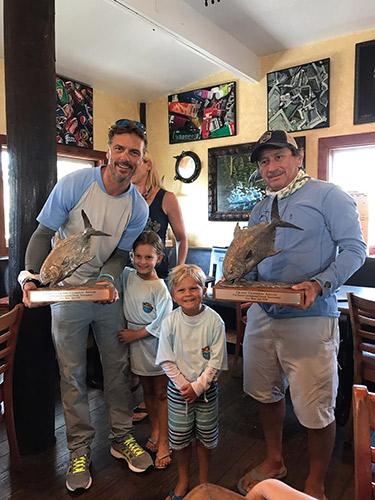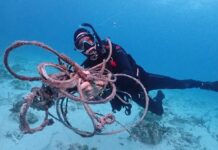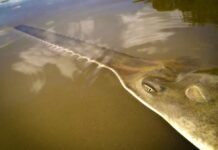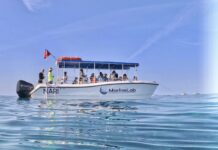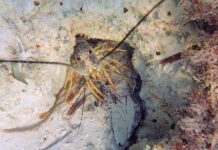I serve on the Sanctuary Advisory Council representing recreational fishermen, from guides to anglers, and the interests of flats guides. Everything is declining. We’ve had the worst lobster season that we’ve ever had; the worst tarpon season we’ve ever had; the worst dolphin season. We just came off the worst stone crab season last year. Tell me one fishery that’s doing better. Across the board, everyone’s reporting losses.
Bookings are down, the fish aren’t swimming where they used to. They’re just not there. The fishermen are constantly concerned — worried, anxious. I’d rather be fishing, but the collapsing fisheries brought me to the table.
Regarding the Restoration Blueprint, the way I’m looking at this is, we have 98 zones. So there are 98 courses in our meal. And for every course, we’re going to pick a dish — alternative 1, 2, 3, 4. On each one of those proposed zones, I have a preferred alternative or something not even suggested. So, I don’t know what “meal” I’m going to end up eating (or if it will make me full and satisfied). Of course, I have certain “dishes” I’d rather see, but we’ll get there in time.
I’d also like to point out that not doing anything might be more consequential and affect us more than doing something. And that goes for all of us — fishermen and conservationists, locals and visitors.
I was really happy to see a proposed expansion of the sanctuary to include Pulley Ridge. It’s one of the only known mesophotic coral reefs (a deep coral reef that’s still photosynthetic) in the world. It’s incredibly important to a lot of fish. If we keep a box around it and keep boats from anchoring on it, we’re going to prevent damage sooner rather than later.
I also support the establishment of coral nursery sites. We need to have those sites in order to scale up our restoration efforts on the ridge. Those staging areas in coral nursery areas are going to become vital to those efforts.
The major issues for me are new regulations on Long Key; Western Dry Rocks as a protected spawning area; the lack of spatial zoning in the Marquesas; and some of the Marvin Key vessel exclusion zones.
The proposed zone regulations from Long Key to Tennessee Reef will be highly problematic for catch-and-release tarpon fishermen. This is what I do; I’m a guide for fly fishermen for tarpon and bonefish. Typically, the shallow water south of Long Key is one of the major fly-fishing tarpon spots. And, it’s slated for closure to fishing. That’s going to be a big problem.
Sure, there are lots of fishing spots. Some are better than others, but this is one of the very best in the entire world for fly-fishing for tarpon. We support conservation and large contiguous protected areas; however, the sustainable nature of catch-and-release fly fishing isn’t adverse to the overall goal of protection.
I’m concerned that they have not presented navigation routes in the backcountry that would address the enormous increase in boating pressure. I’m concerned that with everything we’ve said about protecting habitats — seagrasses in particular — that there isn’t mandatory boater education. The astronomical increase in boating pressure in the last 5 years is destroying our seagrasses. We need more governmental support and more funding and resources for our law enforcement to do their job and keep our ecosystem safe.
Overall, I think the sanctuary needs to address the dynamic of more people on the water with less healthy habitat. If the proposed zoning regulations don’t strike a balance between habitat protection and users, we’re going to continue to degrade our resources.
With everything that I see out there — the decline of our coral reef and our fisheries — drastic action is needed. I Implore the fishermen and everyone to get more involved. We need to communicate with our politicians and impress upon the leaders of this community that the golden goose that is the environment down here is hurting.
The underdog needs to win here. Our community has its work cut out for it. We’re fighting a war with limited resources and I really hope we can find the silver bullet. Soon.
CAPT. WILL BENSON
Flats fishing guide from Sugarloaf Key
and Sanctuary Advisory Council member
Public comments to the Florida Keys National Marine Sanctuary can be submitted in person, online and by mail through Jan. 31, 2020. To provide online public comment, visit www.regulations.gov and use docket number NOAA-NOS-2019-0094. Information regarding the Restoration Blueprint is at floridakeys.noaa.gov/blueprint/.
The Florida Keys National Marine Sanctuary will hold an informational session on the Restoration Blueprint on Monday, Sept. 30, from 6 to 9 p.m., at Marathon High School.















